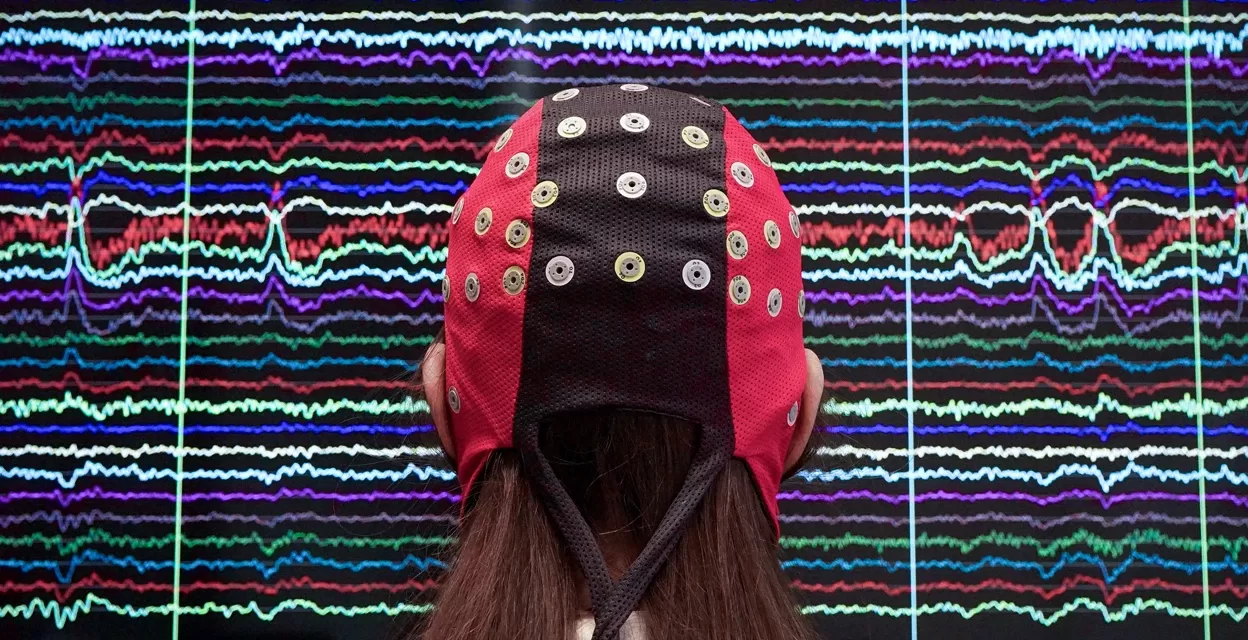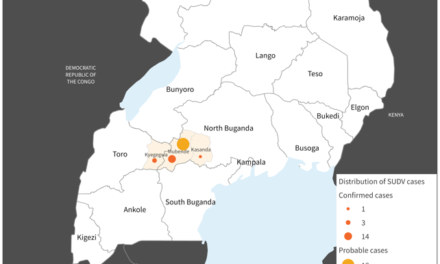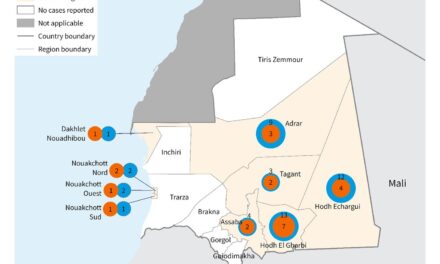In a groundbreaking study conducted by Charité — Universitätsmedizin Berlin, researchers have unveiled a striking contrast in the wiring patterns of nerve cells within the human neocortex compared to mice. Contrary to previous assumptions, human neurons exhibit a unidirectional mode of communication, enhancing the brain’s efficiency in processing information. Published in the prestigious journal Science, these findings hold profound implications for both neuroscience and artificial intelligence (AI) development.
Neocortex: The Epicenter of Human Intelligence
Situated as a slender outer layer of the brain, the neocortex orchestrates a symphony of sensory perceptions, motor actions, and cognitive processes, underpinning human consciousness and intelligence. Within this intricate neural landscape, billions of neurons intricately interconnect, shaping the fundamental substrate of human cognition.
Shifting Paradigms: Human vs. Mouse Neuronal Connectivity
Professor Jörg Geiger, Director of the Institute for Neurophysiology at Charité, elucidates the pivotal departure from conventional wisdom regarding neuronal connectivity. While previous models, predominantly based on mouse studies, depicted a recurrent loop-like communication pattern among neighboring neurons, the study’s findings challenge this paradigm.
Unveiling Human Brain Architecture: Insights from Rare Tissue Samples
Leveraging exceptionally rare tissue samples obtained from patients undergoing neurosurgery for epilepsy treatment, the research team devised an innovative methodology to probe neuronal communication dynamics. By refining the “multipatch” technique, researchers could eavesdrop on the interactions between multiple neurons simultaneously, unraveling the intricacies of human brain connectivity.
Forward-Directed Signal Flow: A Blueprint for Enhanced Information Processing
Dr. Yangfan Peng, the study’s first author, underscores the remarkable discovery of predominantly unidirectional signal propagation within the human neocortex. Unlike the bidirectional dialogue observed in mice, human neurons exhibit a streamlined forward-directed flow, optimizing information processing efficiency and resource utilization.
Implications for AI Development: Bridging Neuroscience and Technology
Beyond its implications for neuroscience, the study’s insights hold significant promise for advancing AI algorithms. By mimicking the directed network architecture observed in the human brain, AI models stand to benefit from enhanced performance and resource efficiency. This convergence of biological and artificial intelligence paradigms heralds a new frontier in the quest for cognitive computing.
Pioneering a Path Towards Enhanced Cognitive Computing
As humanity delves deeper into the mysteries of the mind, the symbiotic relationship between neuroscience and AI development promises to yield transformative breakthroughs. By unraveling the enigmatic intricacies of human brain architecture, researchers pave the way for a future where intelligent machines seamlessly interface with the complexities of human cognition, opening vistas of innovation and discovery.











